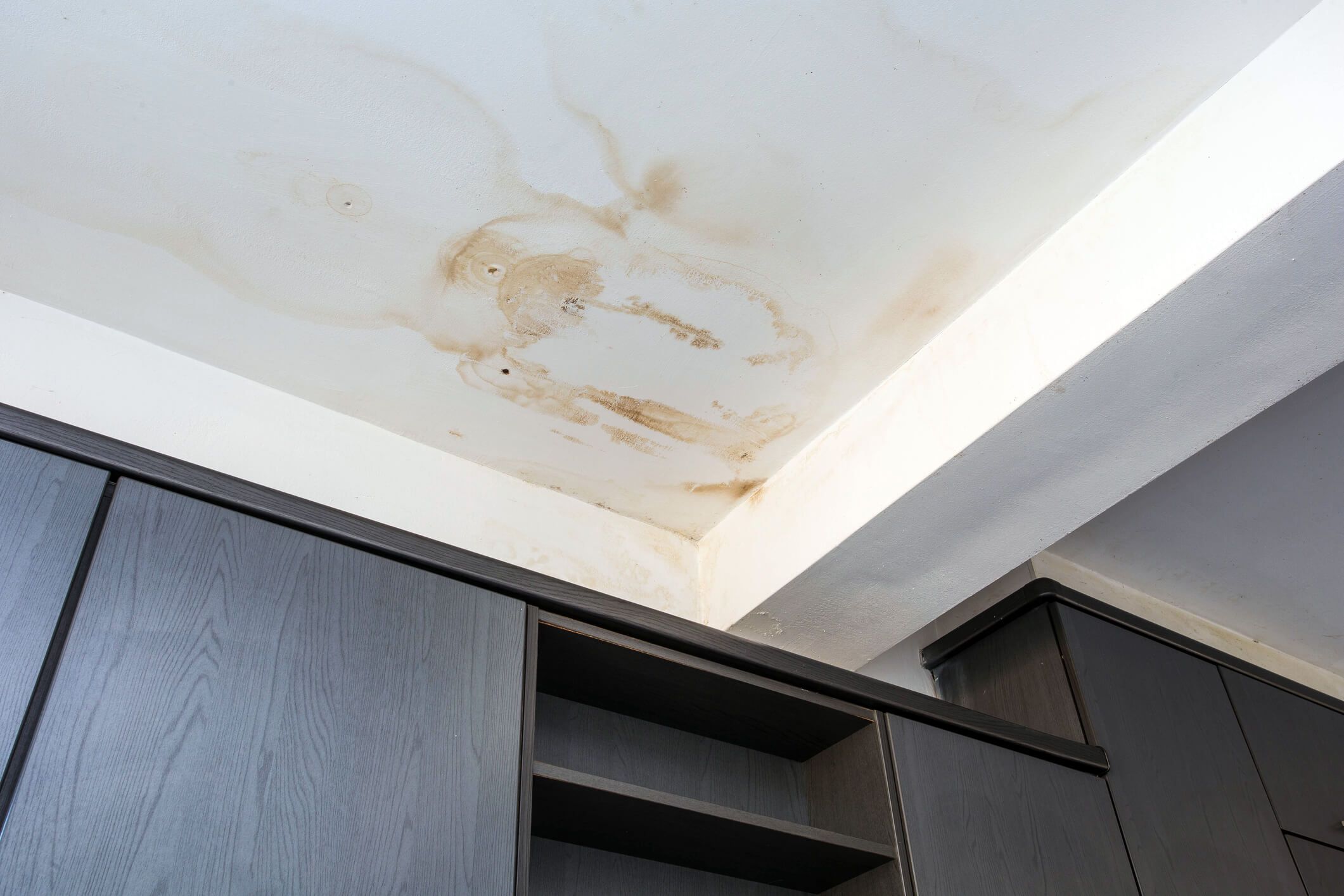Identifying the Source of the Leak

A leaky bathroom ceiling can be a major headache, but pinpointing the source of the leak is the first step to resolving the problem. Understanding the potential causes and signs can help you address the issue effectively.
Common Sources of Leaks
Leaks in bathroom ceilings often stem from plumbing fixtures, pipes, or roof issues. Identifying the culprit is crucial for a successful repair.
- Plumbing Fixtures: Faulty or leaking showerheads, faucets, and toilets can all contribute to water damage in the bathroom ceiling. Worn-out seals, loose connections, or cracked fixtures are common culprits.
- Pipes: Leaking pipes, particularly those located in the walls or above the bathroom, can lead to water seeping through the ceiling. Corrosion, cracks, or loose fittings can cause leaks.
- Roof Issues: In some cases, leaks in the bathroom ceiling can be traced back to roof problems. Damaged shingles, clogged gutters, or improper roof flashing can all lead to water infiltrating the attic and eventually dripping through the bathroom ceiling.
Signs and Symptoms of a Leak
Several signs can indicate a leak in your bathroom ceiling. Identifying these signs early can help prevent further damage.
- Water Stains: Discoloration or dark patches on the ceiling are a clear indication of water damage. The size and location of the stain can offer clues about the source of the leak.
- Dripping Sounds: Hearing water dripping from the ceiling is a definite sign of a leak. The sound can vary in intensity depending on the severity of the leak.
- Dampness: Feeling moisture or dampness on the ceiling or walls is another indication of a leak. This can be a sign of a persistent leak or water seeping from the ceiling.
Troubleshooting and Repair: Apartment Bathroom Ceiling Leaking
Once you’ve identified the source of the leak, you can start troubleshooting and repairing the problem. This involves a systematic approach to locate the exact point of the leak and address it effectively.
Inspecting the Visible Plumbing Fixtures
Inspecting the visible plumbing fixtures is the first step in troubleshooting a leaking bathroom ceiling. This involves carefully examining all the fixtures in the bathroom above the leak, including the toilet, sink, shower, and bathtub. Look for any signs of leaks, such as dripping water, condensation, or rust. If you find any of these signs, it’s likely that the leak is coming from one of these fixtures.
Checking for Signs of Water Damage
After inspecting the visible plumbing fixtures, you should check for signs of water damage in the bathroom above the leak. This involves looking for any signs of water stains, discoloration, or mold growth on the ceiling, walls, or floor. If you find any of these signs, it’s likely that the leak has been ongoing for some time and may require more extensive repairs.
Temporarily Stopping the Leak, Apartment bathroom ceiling leaking
If you’ve identified the source of the leak, you can take steps to temporarily stop it until you can make permanent repairs. This involves using a bucket to catch dripping water or turning off the water supply to the affected area. If you’re not comfortable doing this yourself, you can call a plumber to help.
Essential Tools and Materials
Repairing a leaking bathroom ceiling requires a few essential tools and materials. Here’s a checklist of what you’ll need:
- Plumber’s wrench
- Sealant
- Patching materials
- Screwdriver
- Utility knife
- Safety goggles
- Gloves
- Ladder
Prevention and Maintenance

A proactive approach to bathroom maintenance is crucial in preventing leaks and ensuring the longevity of your plumbing system. Regularly inspecting your bathroom fixtures and addressing any potential issues early on can save you from costly repairs and water damage.
Regular Inspections and Maintenance
Performing routine inspections and maintenance tasks is vital for identifying and addressing potential problems before they escalate.
- Check for leaks: Regularly inspect areas prone to leaks, such as around faucets, showerheads, and pipes. Look for signs of water damage, such as discoloration, mold, or mildew.
- Inspect plumbing fixtures: Examine faucets, showerheads, and toilets for signs of wear and tear, such as loose handles, dripping water, or cracks.
- Tighten loose pipes: Regularly check for loose pipes, especially under sinks and in the shower area. Tighten any loose connections to prevent leaks.
- Clean showerheads and faucets: Regularly clean showerheads and faucets to remove mineral deposits and prevent clogging. Use a vinegar solution or a commercial cleaner specifically designed for this purpose.
